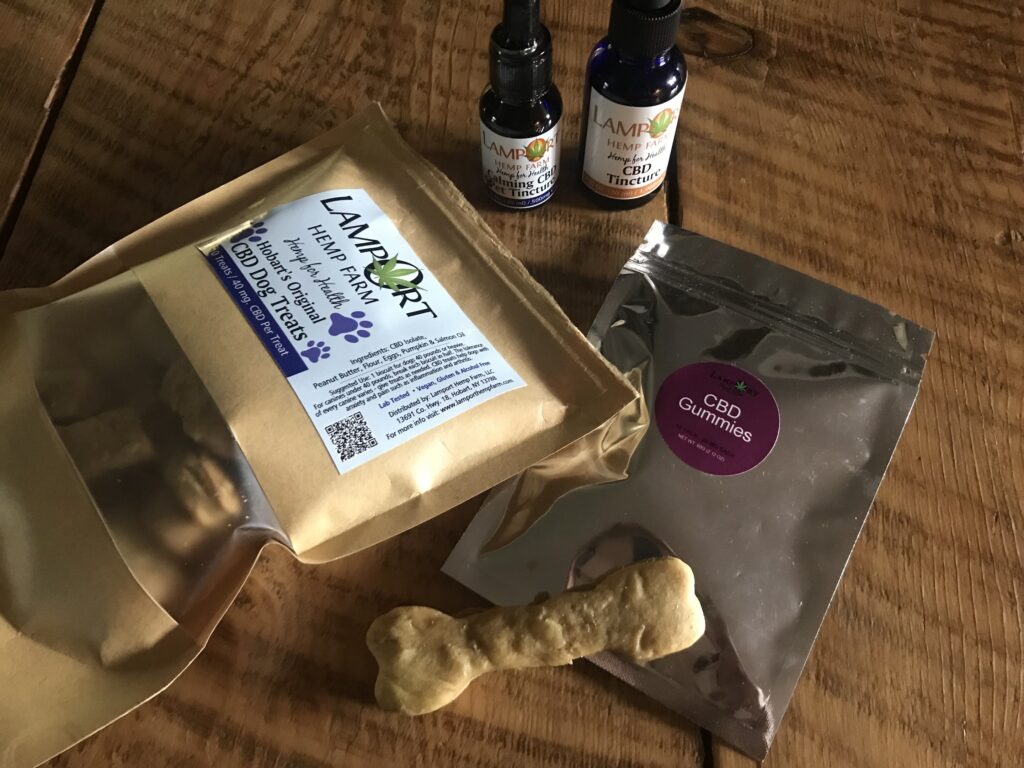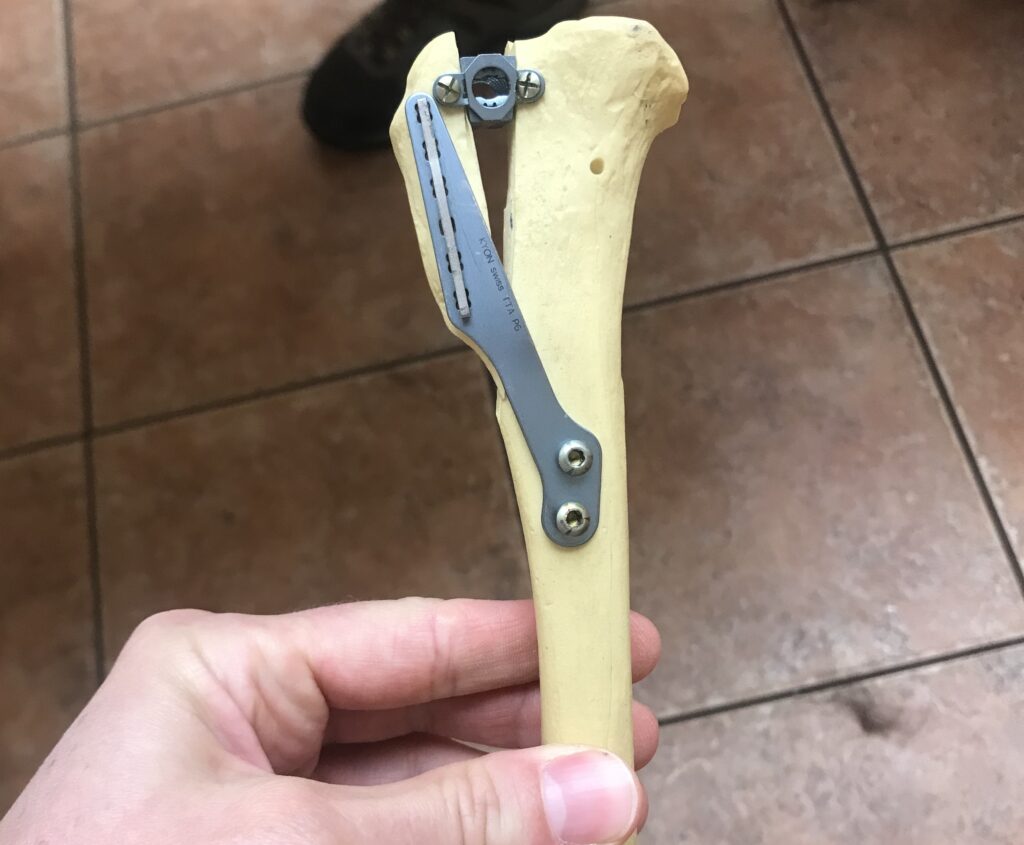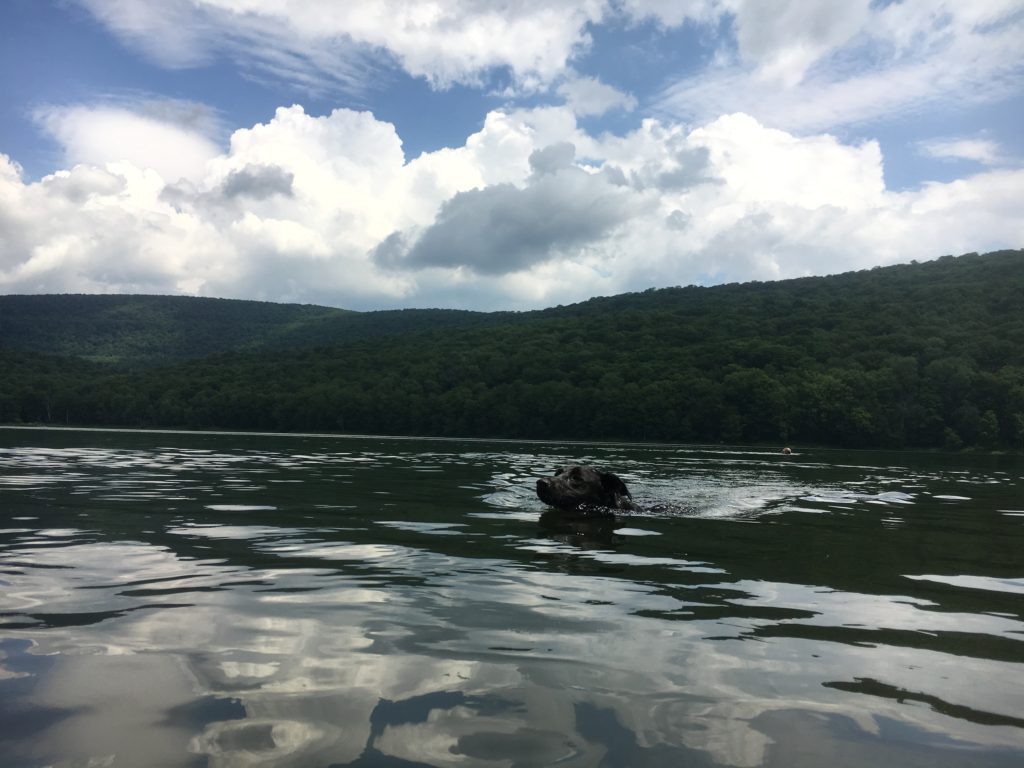
My dog, Alfie, a Black Labrador retriever mix, can’t tell me how much pain he is in, but I’ve known him since he was nine months old and he’s tough: a good dog, a trooper. About a month ago, he snapped his CCL, the cranial cruciate ligament in his leg (named ACL in humans) and after some research I feel like this is actually the end of months of pain. Vets now think that CCL injuries are progressive: picture the ligament being like a rope that frays with wear over years of heavy activity – like sprinting and jumping – and, then, finally snaps. Alfie is what some vets call an “athlete” and he’s now nearing retirement. From time to time over the past few years, he has taken to periods of limping, has been slow to get up after strenuous exercise and needed to rest, so this school of thought makes sense to me.
Now that his CCL has severed, he seems to be in less pain, because even though he is still limping this does not stop him from chasing woodchucks, deer, chipmunks, and the family cats.
Alfie is having surgery next month and I have decided on the oldest type of surgery for this common injury that’s minimally invasive. I’m going to have a fake ligament put in his knee. However, the vet recommended a new type of surgery called TTA. It’s a “state of the art”, pretty gnarly, invasive procedure that makes my stomach turn every time I think about it. It involves splitting the tibia bone, inserting a tube in the gap that the vet will fill with fake bone and pinning everything together with metal (see picture below). Pain management is mentioned in the first paragraph of the literature for good reason. This procedure does not repair the CCL ligament. It simply alters the angle at which both leg bones (femur and tibia) meet at the knee to make using the knee more comfortable. I took this picture while the vet was explaining it to me. This is what would happen to the tibia, the bottom half of my dog’s leg in a TTA procedure. What you don’t see, on the other side, is six spikes that are driven into the split bone.

I just can’t do this to my dog, not least because recovery time is two months and I can’t even keep him still for two minutes. There’s a low failure rate (1%), but the failure is caused by jumping. I will never be able to stop him from jumping during recovery unless I pin him down to the floor. He’s an outdoor dog and just too active. Further, I cannot imagine the resulting pain if a procedure like this fails which involves the bone breaking and the metal coming off. Read about the TTA procedure at the Community Veterinary Center in Oneonta.
I want to do everything I can for Alfie, so while I think about what to do and email the vet with many questions, I’ve been giving him CBD in dog treats and oils that I add to his food. I’ve no idea how it’s working. The only way to know is to take it myself and so far, I don’t feel any difference. Alfie is in high spirits. I like to buy local, so I order products from Lamport Hemp Farm in Hobart, NY, here in the Catskills.
If you have a young athletic or farm dog, you may have to face this event in the future, so here are some tips. To keep your dog lean during periods of inactivity or reducing strenuous activity, replace a third of his meals with steamed vegetables like broccoli, cauliflower, green beans or zucchini. If you transport your dog in a car and he’s too heavy to lift, get a dog ramp so he doesn’t have to jump. In retrospect, I would have thrown the ball much less and restricted Alfie to jogging and not his full, signature ground-pounding sprinting. If you have a lab mix, take him swimming instead.

Watch this space for updates on Alfie’s condition, and thanks to everyone who has wished him well. Read more about Alfie’s life here.
Hey guys, just wondering if you were planning on growing any cannabis this year and seeing if you might be interested in trying any samples in NY?